I didn’t want to like Hearthstone. On the one hand it’s a virtual card game. On the other hand, it’s World of Warcraft themed, and I ended my World of Warcraft addiction years ago. So I’m not exactly comfortable in telling you that it’s really, really good, and is currently vying for my attention with Dota 2 whenever I get a spare hour. Hearthstone has one advantage over Dota 2 in the battle for my free time, though: it’s really quick to play.

This probably looks quite complex, but mousing over any card brings up both a detailed view of its stats and an information box on the meaning of any special abilities it might have.
The easiest way to describe it is to say that it’s a vastly simplified, far faster-paced version of Magic: The Gathering. You have a deck of 30 cards. Every turn you draw one at random, and automatically gain a mana crystal – Hearthstone‘s equivalent of “Land”; these are what power your spells and minions. In short: the first turn you can play cards that require one mana. The second turn, you can play cards that require up to two. The third turn, you can play cards that require up to three… and so on, right up to ten.
Making it faster still is that there’s no “tapping” of cards; while you can only use a mana crystal once per turn, and while your minions can only attack once a turn, they’re free to attack every single turn without this preventing them from doing other things like blocking. For that matter, even blocking is faster because you can’t choose which minions block. The attacker has the choice of what gets hit, and the only real caveats are that minions with Taunt have to be killed first, and minions with Stealth can’t be targeted until they’ve already attacked.
Which probably sounds very complicated, because games like this are difficult to explain in text, but it really isn’t. All you really need to know is “whittle down the other hero’s health to 0, bearing in mind that you can also attack his minions, and if any of his minions have Taunt you have to kill them first.” Other than that, you play minions and cast spells.

Fireblasting a sheep into the grave: that’s just what heroes do.
World of Warcraft players (and, to a lesser extent, those familiar with Warcraft through other products) have a bit of an advantage, insofar as the characters and heroes work as you’d expect. There are nine “heroes” – Paladin, Priest, Shaman, Warrior, Druid, Hunter, Warlock, Mage, Rogue – each of which have a special ability, and each of which can build a deck out of both neutral cards (available to everyone) and hero-specific cards.
Priests, for instance, are annoyingly capable of healing themselves and their minions back up, and you just know they’ll have Power Word: Shield and Holy Nova and the like, all of which work like you’d expect. Rogues can unleash terrifying amounts of burst damage or simply Assassinate your minions, instantly killing them no matter their health. Warlocks can sacrifice their life for more cards and summon a wide variety of Warlock-specific minions. Mages can dish out direct damage, Polymorph your strongest minions into sheep, or set up Counterspells to ruin your plans. Again: everyone works just like you’d expect.
I’m not quite certain of the balance just yet, and the speed of play kinda makes it feel like (very literal) luck of the draw plays far too big a part in how games go – if you get several hugely unlucky draws in a row, or if your opponent gains any real momentum and your deck refuses to give you something screen-clearing, then you’re probably screwed. In Magic, the game was usually slow enough that you could safely waste a few turns early on. Not so, here: on several occasions, I’ve won and there has been nothing my opponent could possibly have done. Other times I’ve lost and have thought back to what I did wrong, and drawn a blank. I suppose this is part of the deck-building, though: you tweak and refine continually so that you don’t wind up in those situations. I’ll also temper this by pointing out that I’m still not very good, so maybe I’m just whining.

Deck creation lets you either assemble things from your cards directly (complete with a handy Search function that lets you sort them out), or use the “Suggest a Card” function to have the game pick three cards that might work with the deck, and let you choose one to put in. Surprisingly, the logic behind the card suggestions seems to lead to some half-decent decks.
On the plus side, games are so short that it almost doesn’t matter. You play for 5-10 minutes. You lose. You queue up for another game. You play for 5-10 minutes. You win. You queue up for another game. You… and then it’s 5am. Unless you come across one of the (thankfully few) complete arseholes who get so annoyed at you winning that they’ll force you to wait out the entire turn timer every round after they realise they’re likely to lose, until you finally win.
For that matter, having played it for a week since I wrote most of this preview, there’s certainly a degree of tactical depth. Let’s take a couple of really cheap cards – the Hunter’s Timber Wolf minion (costs 1 mana, has 1 attack and 1 health, gives +1 attack to all other Beast cards while it’s in play) and the Elven Archer (costs 1 mana, has 1 attack and 1 health, can deal 1 free damage to any target on the turn you summon it). I’ve seen a lot of people summon both of these in the first round of the game. Hell, I did it myself. This is not a smart thing to do, because both cards are unbelievably strong for what they cost.
Yes, sure, you can summon a Timber Wolf and inflict 1 damage on your opponent before they can get out a minion with Taunt. Alternatively, you can use it as a cheap card that gives +1 to every Beast card you have – and if you’re playing as a Hunter, that’s a lot of them. Play it at the start, you might inflict a couple of damage before your opponent kills it. Play it later on and you might give an attack buff to a load of your minions, which might help you destroy a card that’s about to kill you/break through a high-health Taunting enemy/give another card enough attack damage that it’ll kill anything that goes for it. The same goes for the Elven Archer: you can inflict a couple of damage at the start, or use it to instantly deal 1 damage when your opponent isn’t expecting it. Kill a high-damage, low-health minion that’s hiding behind various minions with Taunt. Use it to eke out one more point of damage on a minion that has far too much health. But don’t, whatever you do, just waste them at the start of the match.

The various backgrounds are full of widgets to click on while you wait for your turn. The waterfall can be clicked on to produce a rainbow; the vines covering the gate in the top right can be cut; the fire by the camp in the bottom right can be lit…
Anyway.What makes Hearthstone even more entertaining than your average card game – other than the pace and simplicity, which are a nice change – is everything surrounding it. Other than the Practice mode which lets you pit your decks against AI opponents, there’s the Play button (which automatically matches you up against someone who is supposedly of equivalent skill) and the Arena mode, which has you play with a deck you build semi-randomly. Win lots and get prizes. Lose three times, and the deck is permanently retired.
There are also daily quests for rewards, like killing a certain number of minions or dealing a certain amount of damage to enemy heroes. These get you gold, which gives you more entries into Arena mode or the opportunity to buy a booster pack of cards, and it’s just one giant feedback loop that makes you play more and more.
Better still, playing against other people isn’t stressful thanks to one ingenious touch: you can’t talk to them. The most you can do is right-click on your hero’s portrait to say a few basic things – a greeting, a threat, an apology, a “Well played.” That’s it. Which means that there’s no LOLLL NOOOOOOB bullshit. At worst, you’ll get silence; at best, matches end with a “Well played” and a “Sorry” as the other person crushes you.
So Hearthstone is a simple-to-learn card game that’s well polished, varied, draws off knowledge that a few million people already have ingrained into them, is fun to play, is welcoming, and is frighteningly compelling. We’re doomed.


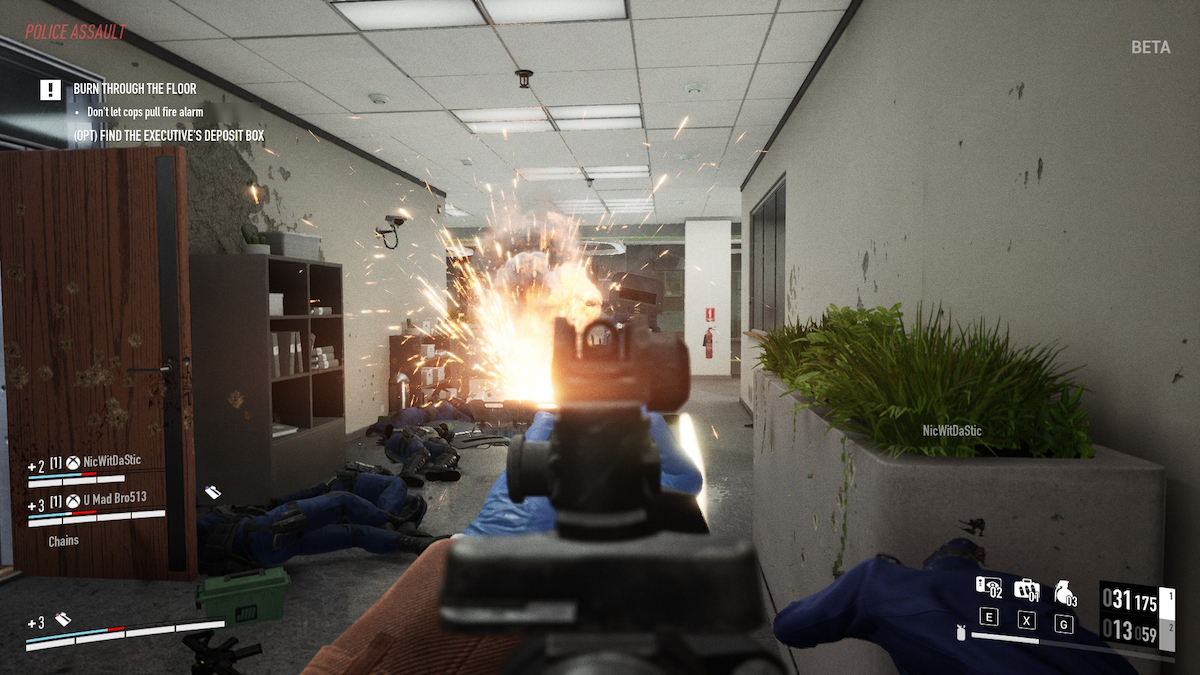
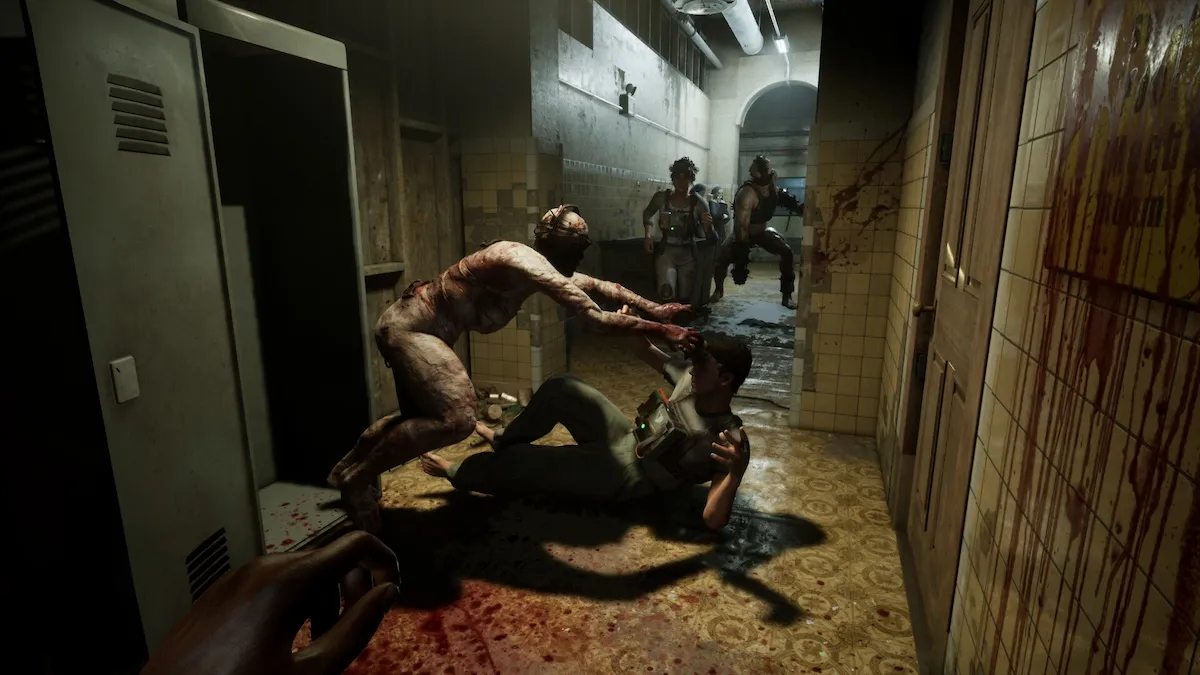
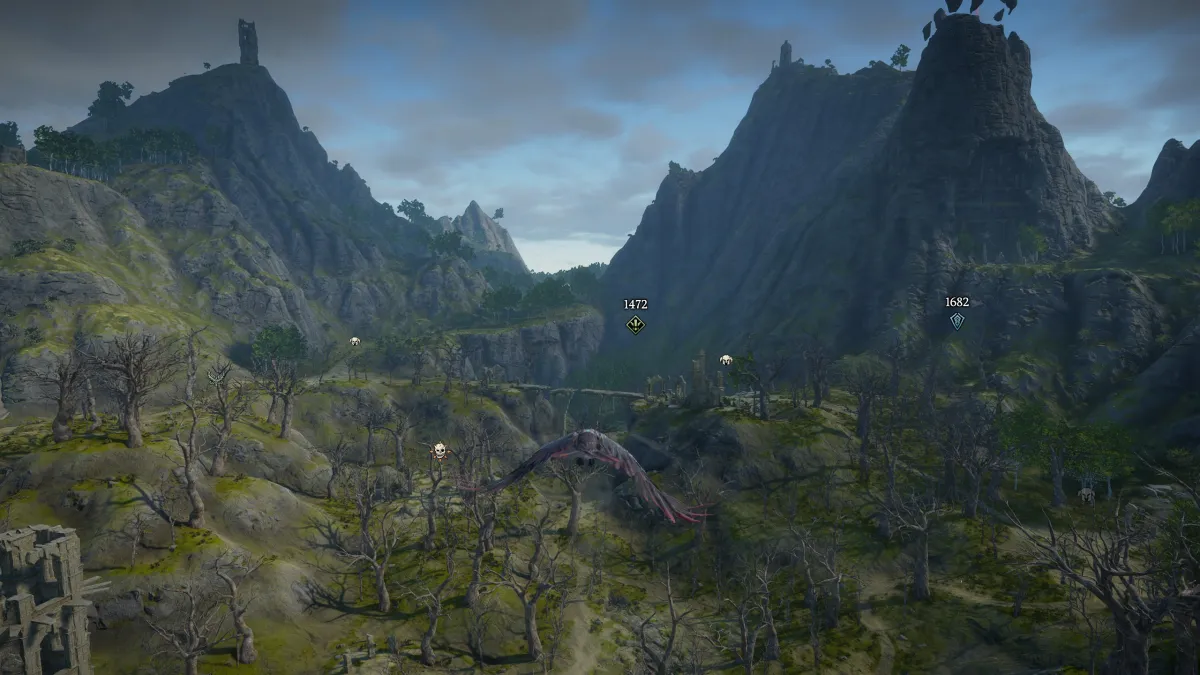
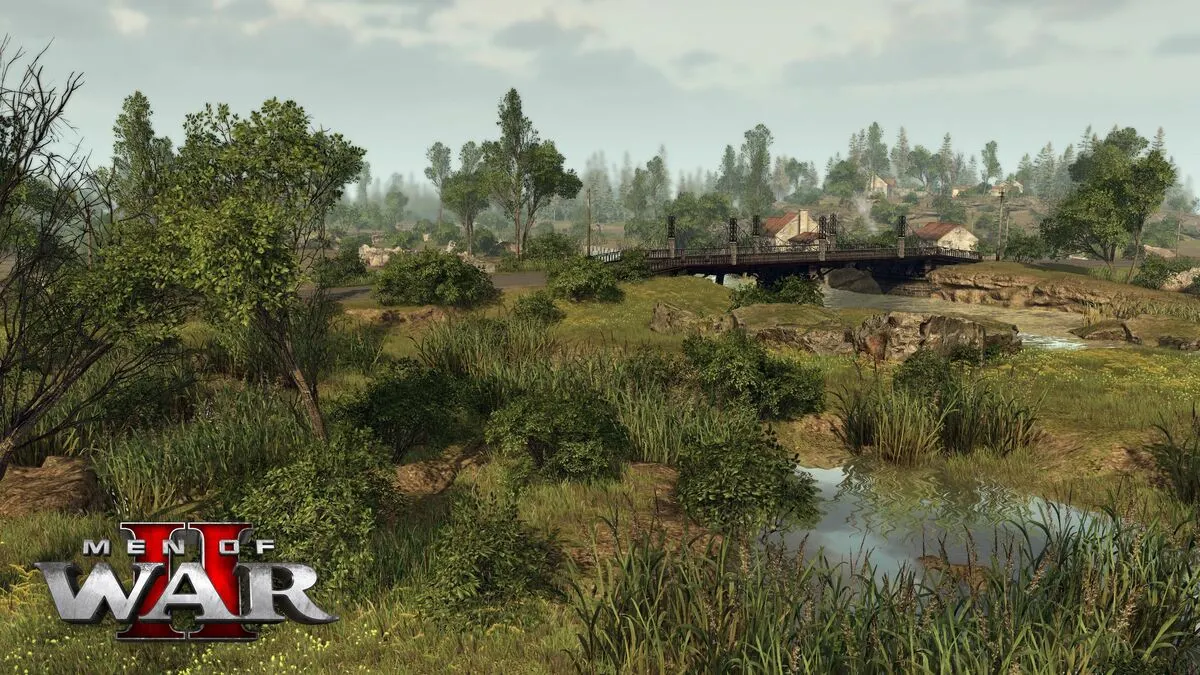
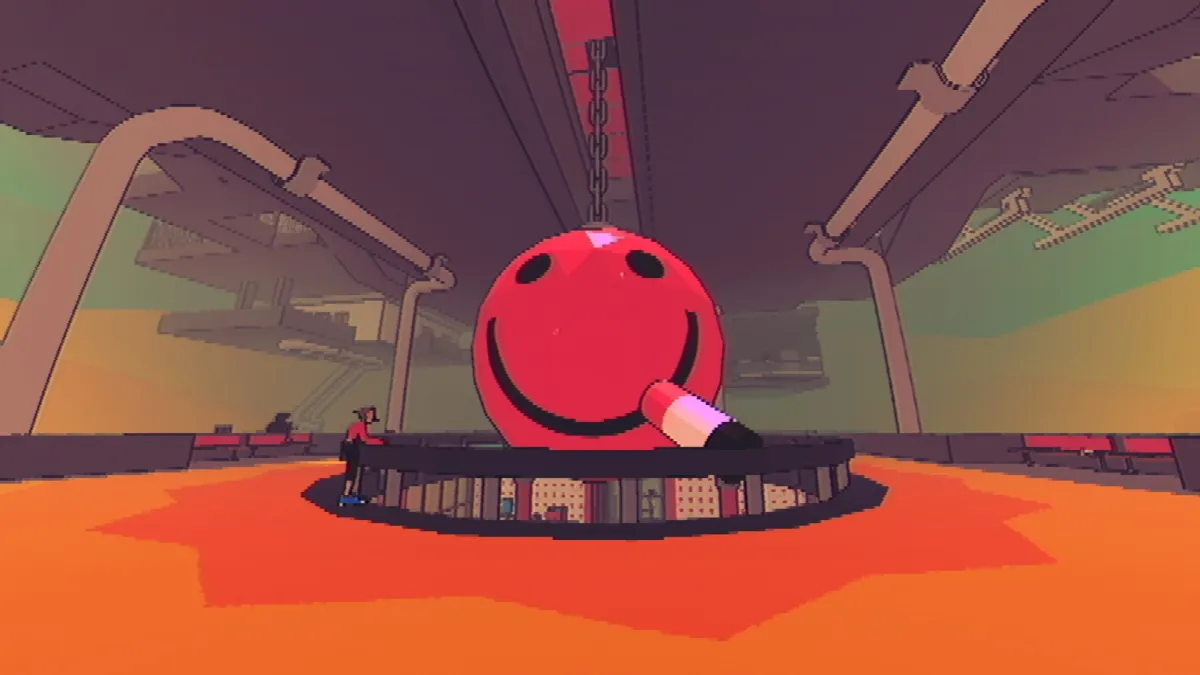
Published: Oct 17, 2013 05:00 pm